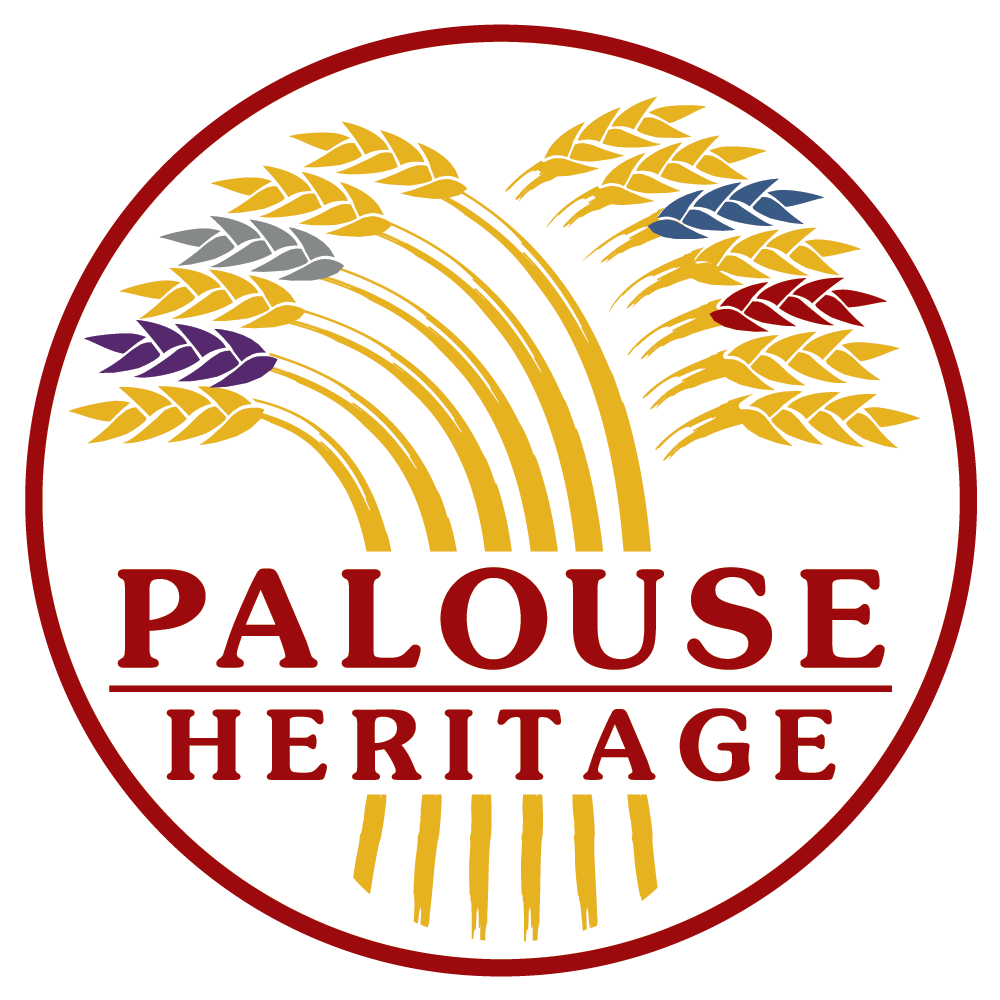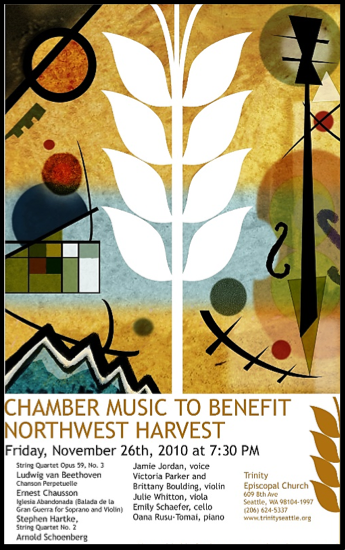Persian Grain Market (c. 1900)
“There’s only one thing better than a good story, and that’s a good true story!” sagely observed legendary Pikes Place Market restaurateur, brewer, and entrepreneur Charlie Finkel of Seattle. We were discussing the various benefits of heritage grains like flavor and nutrition, and Charlie pointed out that cultural values also greatly contribute to culinary significance. Like fine wines, the evocative names of many heritage varieties suggest fascinating worldwide associations and distinct flavors as with Yellow Breton wheat, Scots Bere barley, and the Himalayan Brown oat. But the context of our visit about “true stories” was how a USDA “plant explorer” came across an exceedingly rare hard white grain while on an expedition to Persia over a century ago. This historic region covered present Iran and portions of Iraq and included the Tigris and Euphrates Rivers, long considered the Mesopotamian cradle of civilization.
The American had visited a Persian grain market famed for quality and variety, and asked his host for a sample of their finest wheat. He was directed to a vendor and asked him what made his wheat so special. The visitor learned that its name apparently said it all—the grain came from the land of Eden. The skeptical scientist may well have dismissed such a fanciful story, but nevertheless retrieved a sample for the USDA seed collection at Beltsville, Maryland, where it was stored with countless others. That might have been the end of the story had not some agricultural experiment stations in the western US a few years afterward sought to identify the baking characteristics of several recent grain introductions. As is commonly known, the finest yeast breads are made from hard red wheats, while pastry and flatbread flours are made from soft white varieties. Only in exceedingly rare instances does Mother Nature create a hard white wheat which makes possible a lightly colored whole grain loaf. The variety found at the Persian bazaar, they discovered, was a hard white wheat which they further identified as an “excellent miller.”
World Grains Map (1907)
The wonderful flavor and appearance of hard white baked goods have long made it a highly desirable flour, and it typically fetches premium prices although virtually all hard white bread flours today are modern hybrids bred primarily for greater yields. We undertook a worldwide detective hunt for the Eden grain found in Persia over a century ago which was no longer available from the USDA. We eventually located a sample from a European germplasm center and set about with a few precious seeds several years ago to carefully increase it to the point that we able to plant about one acre this past spring, which should yield about a ton of when ready to harvest (and we’re harvesting it now as this is written!).
Sowing Palouse Heritage Amber Eden Wheat (Early May 2020)
Grandpa’s Weed-pullers (July 2020)
Amber Eden is a beautiful grain with large beardless heads, and to ensure a clean crop we’ve twice enlisted the valued help of young grandsons Zachary, Micah, and Derek to keep any other plants from growing in the field. This old-fashioned process is called “rōgging,” a term that comes from German roggen, or rye. Back in the day rye was sometimes mixed with wheat and barley so the stalks were pulled out by hand to keep crops pure. The boys are anxiously awaiting the fruit of their labors in the form of a freshly baked loaf after harvest, and Zachary intends to bake it himself, something Grandpa never considered doing at that age.

















